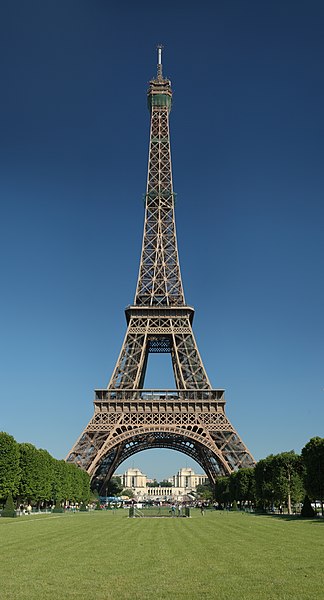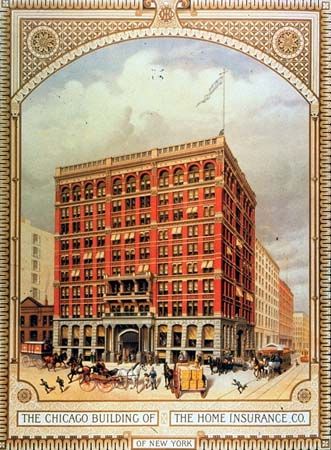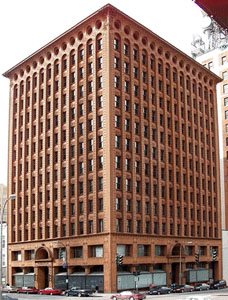The Scream (1893) by Edward Munch
When looking at the famous "The
Scream", I am automatically reminded by Home Alone's, Macaulay Culkin
signature face. Though a wave of nostalgia hit me when I put my eyes on this
painting, there is more history to this painting that I am just discovering. First,
it is today’s highest sold piece of art; selling for a record $120 million dollars
at auction by an unnamed telephone bidder (Harris, 2012). Second, it has been
the target of various art thefts.
The Expressionist artist, Edward Munch, "is
one of the handful of artist who have shaped our understanding of human
experience and transformed the ways in which it might be visually
expressed." His way of expressing emotion such as anxiety or loneliness, shows
amazingly through this painting. The way I feel when looking at the painting is
claustrophobia surrounding me, I imagine myself sweating in confusion, my head
pumping with blood, as I freak out at every little thing. (Moma) He himself had
the same feeling, which is the influence toward this art.
“I was walking along the road with two friends –
the sun was setting – suddenly the sky turned blood red – I paused, feeling
exhausted, and leaned on the fence – there was blood and tongues of fire above
the blue-black fjord and the city – my friends walked on, and I stood there
trembling with anxiety – and I sensed an infinite scream passing through
nature.” -Edward Munch
It inspired the famous 1981 slasher film, Scream.
With that creepy mask, comparable to the face in the painting, it gives me goose
bumps just thinking about it.
"Edvard Munch." The Scream, 1893 by. N.p., n.d. Web. 09 Feb. 2013.
Harris, Paul. "The Scream Sells for Record $120m at Auction." The Guardian.
Guardian News and Media, 02 May 2012. Web. 09 Feb. 2013.
Moma. "EXHIBITIONS: The Scream." MoMA. N.p., n.d. Web. 09 Feb. 2013.
.jpg)
.jpg)
.jpg)
.jpg)
.jpg)
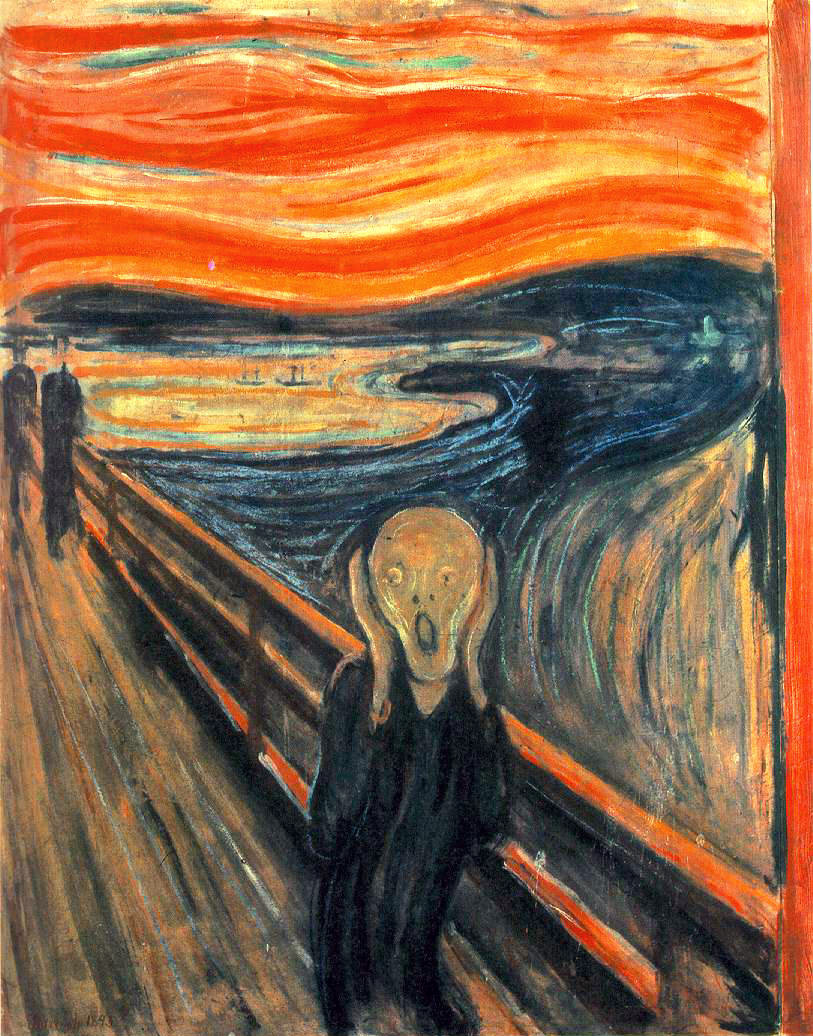







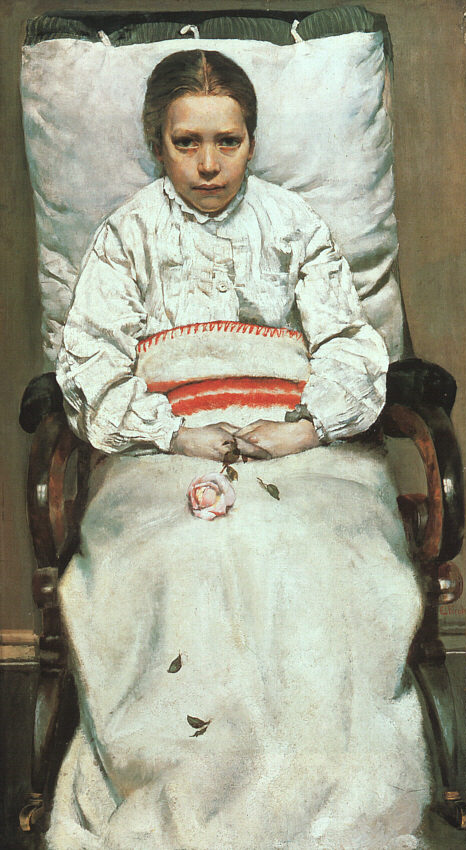
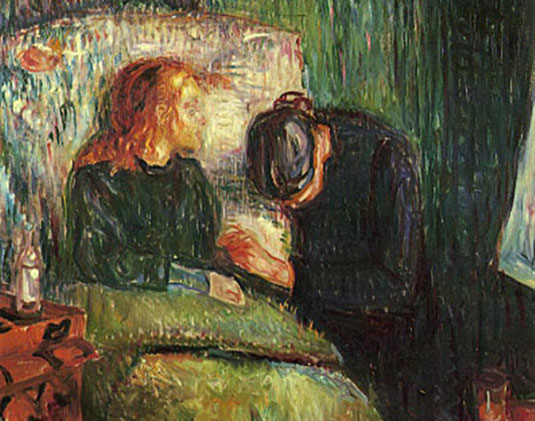













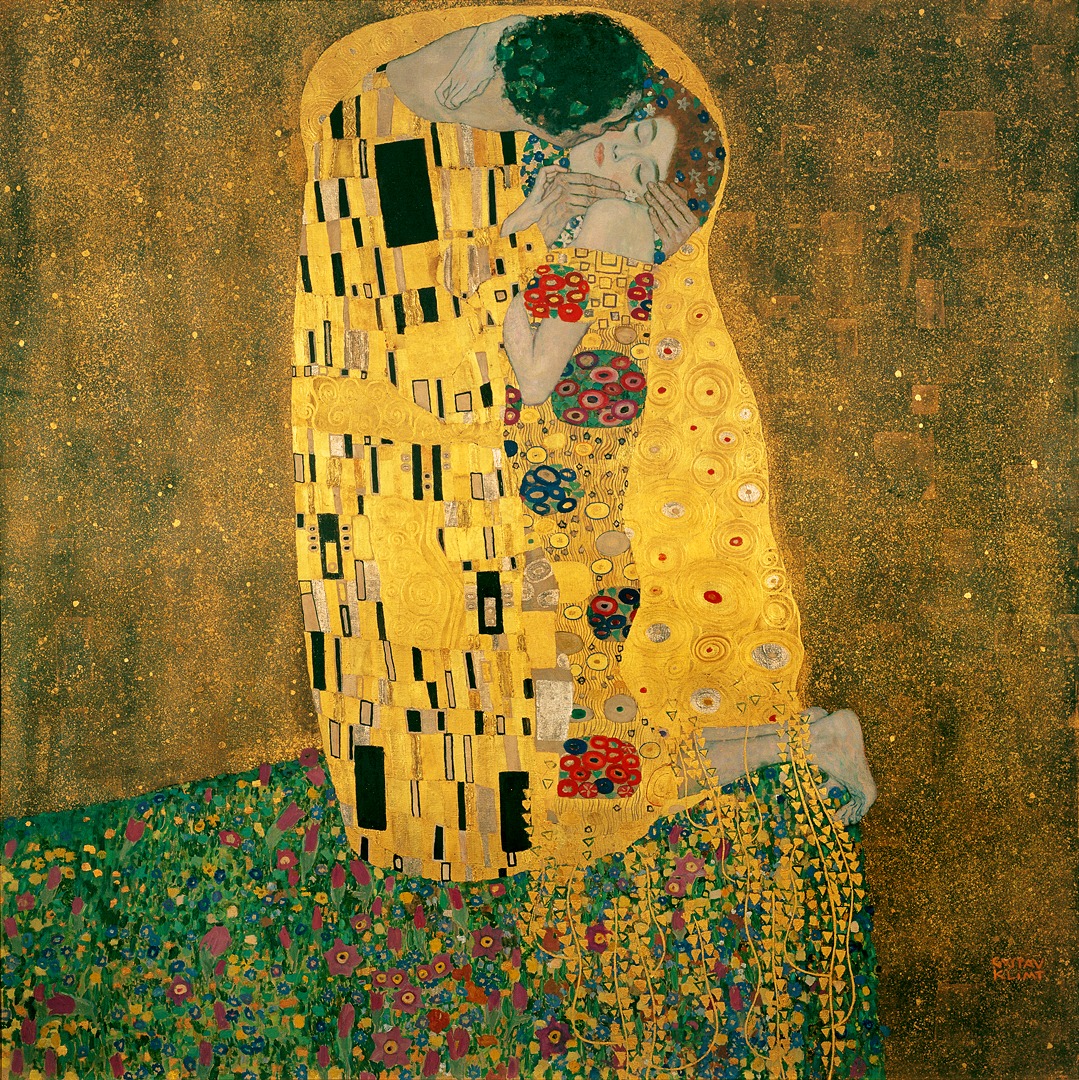
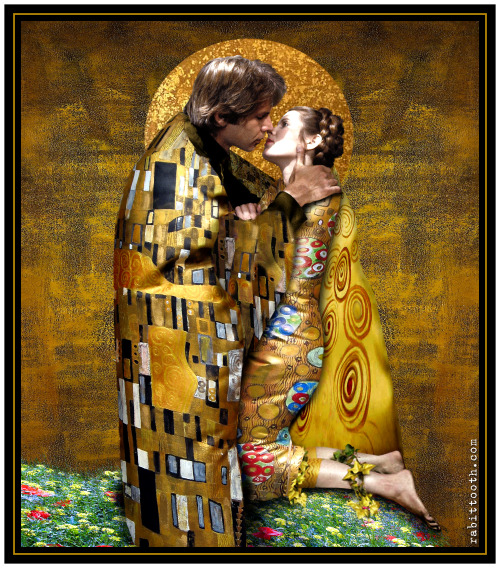


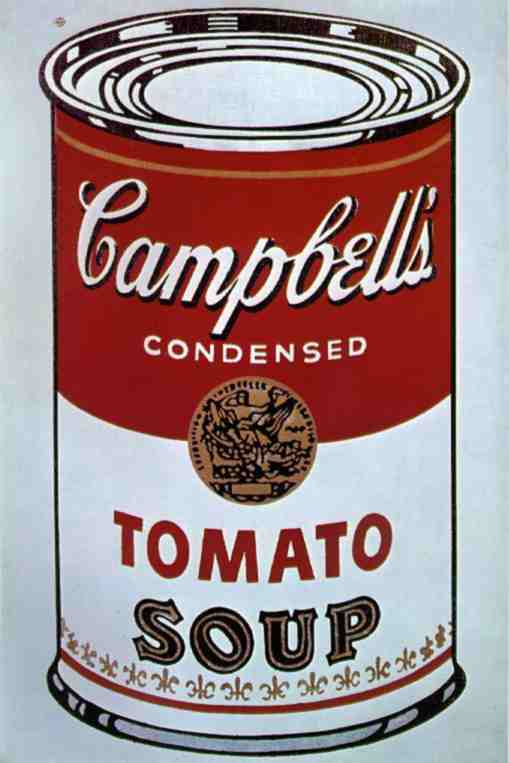

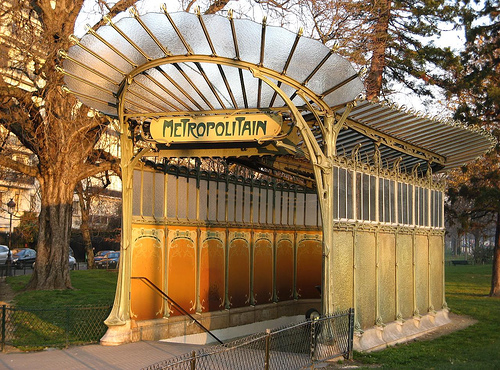 Railroads and subways. (Porte Dauphine Metro in Paris)
Railroads and subways. (Porte Dauphine Metro in Paris) Department stores. (Carson, Pririe, Scott Building, Chicago)
Department stores. (Carson, Pririe, Scott Building, Chicago) The original Ferris Wheel, which cost fifty cents to ride. Each car could handle approximately sixty people.
The original Ferris Wheel, which cost fifty cents to ride. Each car could handle approximately sixty people. The Singapore Flyer.
The Singapore Flyer.




